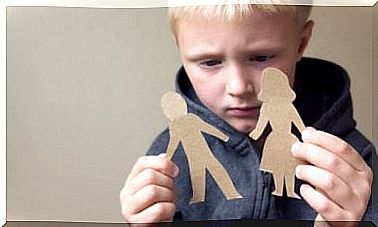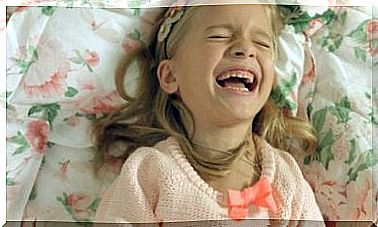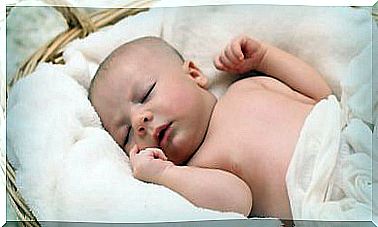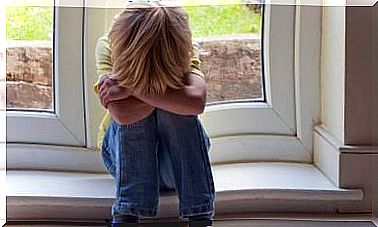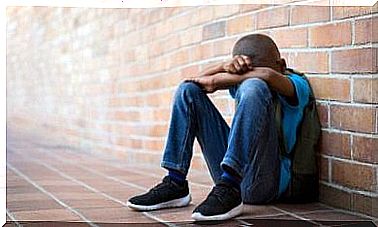Tips For Lowering Fever In Children
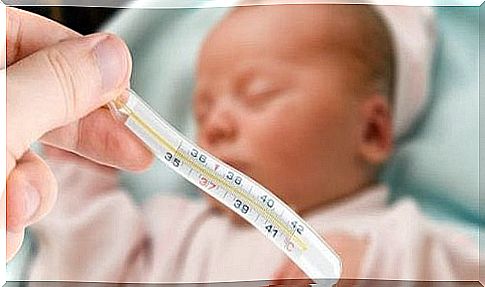
Fever increases body temperature, which is the natural response to certain illnesses or infections. In this article, we’ll give you tips on how to lower fever in children.
A thermometer can be used to determine whether someone has a fever. If the temperature is around 38 ° C, it is higher than normal. In this case, you should try to lower your child’s fever as soon as possible.
If your child also shows any of the following symptoms, you should of course take your child to the doctor:
- Cough or sputum
- Vomiting or diarrhea, or quite the opposite, no urination or constipation.
- Pale skin
- inertia
- skin rash
- Loss of appetite
Lower fever in children
Here are some tools to reduce fever in children:
A lukewarm bath
You can give your child a warm bath to lower their body temperature . Fill the bathtub with water that is 37 ° C. So the child is in water, the temperature of which corresponds to its normal body temperature.
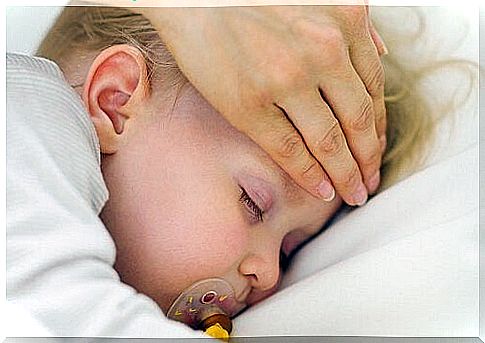
Ideally, the child stays in the bath until the water gradually cools down and the child cools down and relaxes too.
Cool forehead, neck, legs and hands
It is advisable to use a damp cloth or to make moist wraps at room temperature . Use them on the forehead, hands, legs and neck.
In this way you can lower the temperature without having to bathe the child if they are too tired and do not want to move. Wraps are a very good option even in winter.
When the wraps heat up, moisten them again and apply again. You can repeat this until you see on the thermometer that your child’s fever has gone down.
Create the right room temperature
So that it doesn’t get too cold or too hot, you should adjust the temperature in your child’s room. It’s also best to ventilate the room well as fresh air works wonders.
When it’s time for dinner and you’re using air conditioning or a fan, be careful not to expose the child directly to the airflow. It should sit further away and feel at most a slight breeze.
Take off clothing
To keep the fever from rising, you need to lower your child’s body temperature. It is ideal to take off a layer of clothing in winter and keep the environment as cool as possible in summer.
Another option is to take off the child’s shoes and leave their feet in the air.
If it’s very hot outside, try placing your feet on a cold surface. Be it the floor, a wet cloth or a bowl of water – depending on how old the child is and what is most comfortable.
Avoid dehydration
If your child has a fever, they sweat and lose their appetite, so you need to try to keep them hydrated.
Drinking plenty of fluids is generally recommended to reduce fever in children. Water, juice or, in winter, a warm soup are suitable for this .
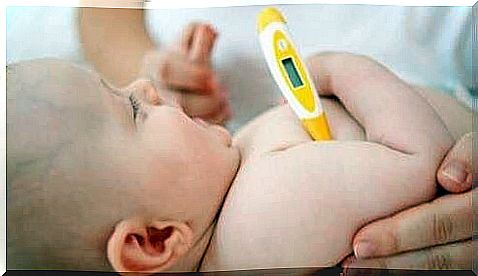
rest and relaxation
Ultimately, the best therapy for lowering fever in children is rest and relaxation. Many children are tired with a fever and do not feel like playing.
But there are also others who are not aware of their body temperature when they have a fever and therefore play and romp around as usual.
It is advisable to keep her calm and to do little strenuous activities such as watching a movie or reading a book.
And remember …
A fever suggests an illness and a doctor must make a diagnosis for this so that treatment can be given.
You should never medically treat your child without medical advice. Wrong decisions of your own can put your child’s health at risk.
If, after following these tips, you find that your child’s fever does not go down or even go up, contact your pediatrician immediately.
Even if the fever lasts longer than two days, you need to see a doctor.
